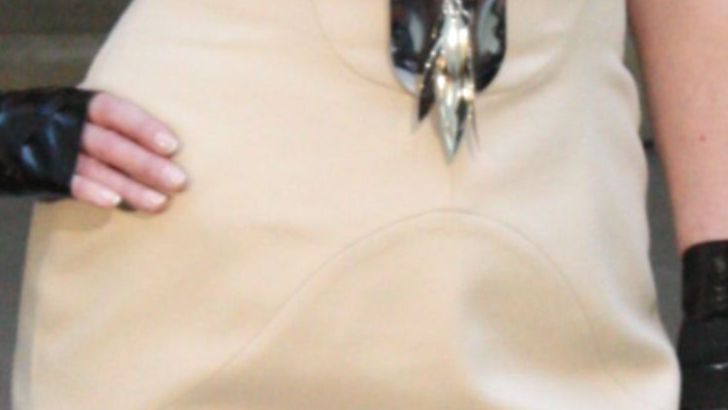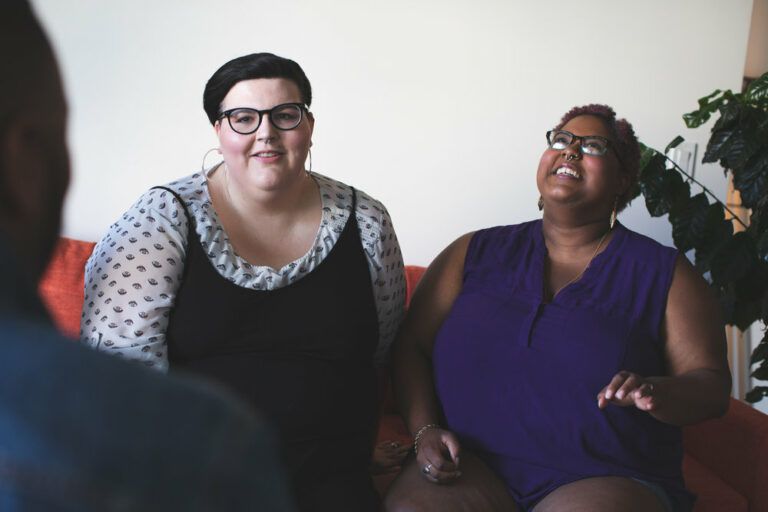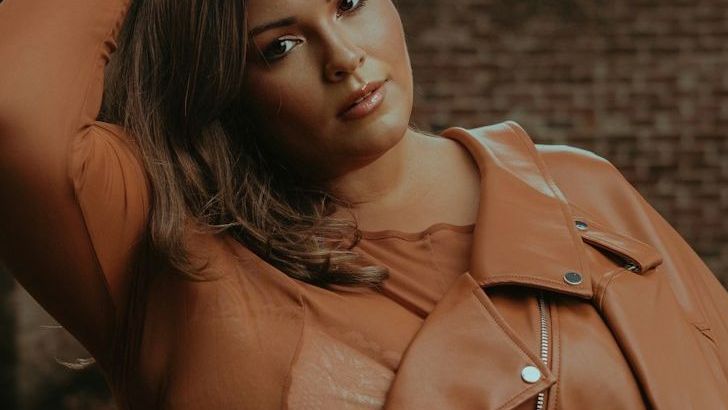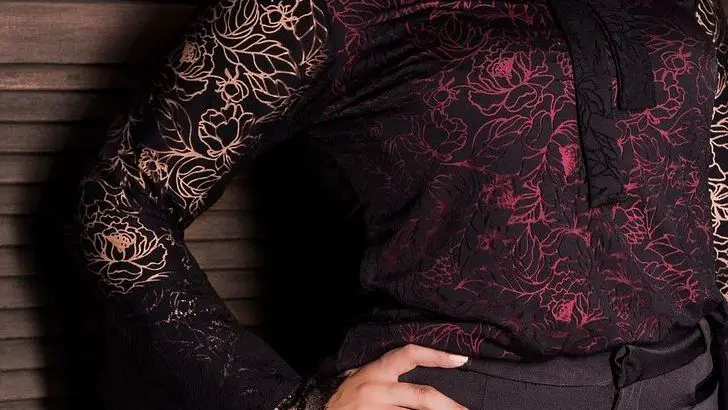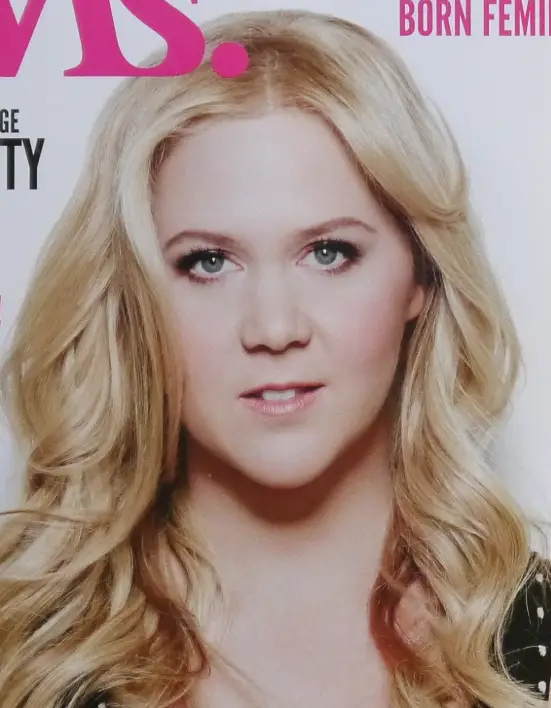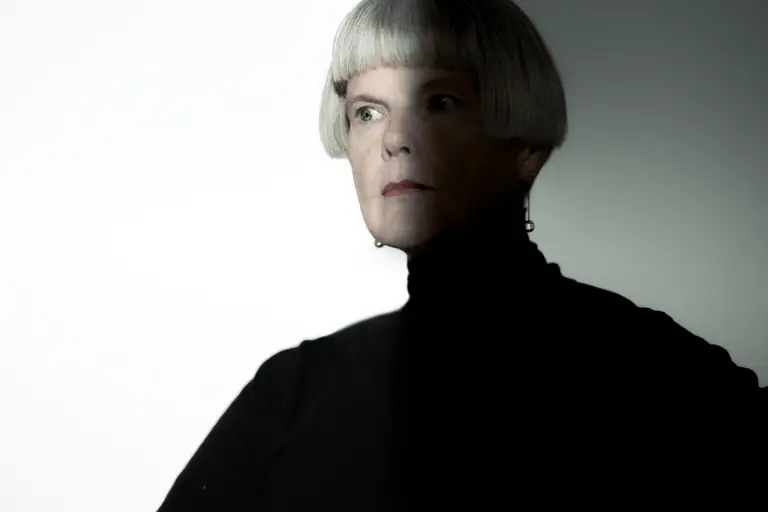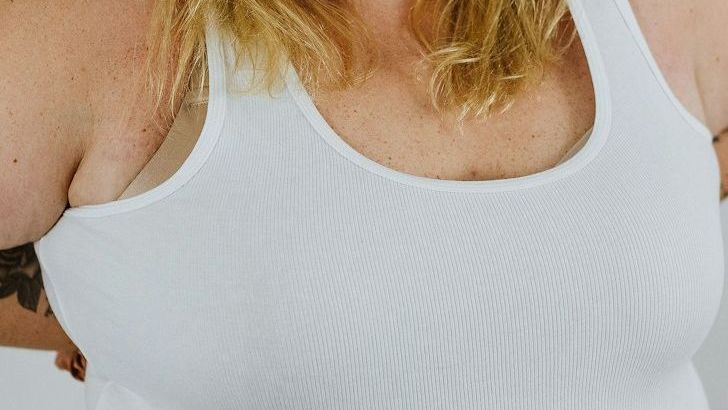Fashion Week’s Shrinking Reality

The numbers tell a startling story about plus-size representation in fashion photography. During spring/summer 2025, plus-size models represented only 0.8% of all looks on major runways, a dramatic drop from previous years. This represents a significant decline from 2022, when plus-size representation reached an all-time high of 2.4 percent on fall runways. While some statistics suggest plus-size models represented 26.4% of Fashion Week events globally in 2025, this still lags significantly behind straight-size model representation, indicating that change remains gradual.
The disconnect between fashion photography and real bodies starts at the highest levels of the industry. Opportunities for plus-sized models in fashion are disappearing at an alarming rate, raising serious questions about what happened to body positivity in the industry.
The Heavy Editing Behind “Natural” Plus-Size Photos

Almost all fashion brands use background clean-up and retouching services for model images, with high-end fashion sites particularly focused on using background retouching to ensure clean and consistent images. Modern skin retouching has evolved beyond simple airbrushing to enhance natural beauty without losing authenticity, yet brands increasingly focus on maintaining an “unedited look” while still creating impactful images that attract attention.
The trend toward realism is growing in fashion photography, with minimal editing and natural beauty being preferred over heavy airbrushing, while retro and vintage aesthetics have become popular again. Despite this supposed move toward authenticity, the reality behind the lens tells a different story.
AI’s Growing Role in Creating Unrealistic Standards

AI has become increasingly prevalent in fashion photography, with AI-generated images or on-model images becoming common, blending accurate models with digital backdrops and using lifelike AI models to help customers visualize outfits. AI is revolutionizing photography by automating background removal and enhancing image quality, though professional-grade edits requiring advanced retouching still need expert editors for flawless results that AI cannot achieve alone.
Platforms like Xiaohongshu amplify beauty standards by prominently featuring content aligned with societal ideals, while the widespread use of AI filters and smartphone editing tools has normalized image manipulation, making unattainable beauty standards increasingly pervasive.
The Psychology of Manipulated Images

As photo editing behavior to enhance one’s appearance becomes more prevalent on social network sites, potential psychological risks are increasingly being discussed and studied. Research shows that even short exposure to unfamiliar peers in manipulated photos can lead to direct changes in body image, with girls believing the presented photos showed a representative view of reality without noticing body reshaping.
Studies demonstrate that girls presented with manipulated photos reported lower body image than those shown unedited versions, while the manipulated photo subjects were rated as prettier and more attractive, despite participants having no idea the photos were edited.
The Return of Harmful Trends

Several factors have contributed to fashion’s retreat from body inclusivity, including the rise of GLP-1s like Ozempic, which has brought pop culture screeching back to the thinness standards that dominated the early 2000s, making people comfortable saying the quiet parts about body size out loud again. Plus-size clothing was historically “very traditional” and “out of phase” with trends in straight-size clothing, continuing to create a narrative that plus-size people are out of phase with reality.
In 2019, mainstream brands including Old Navy, Ann Taylor and Nordstrom expanded their sizing, but they backtracked within years or, in Old Navy’s case, just months, leaving customers wondering what happened to these inclusive initiatives.
The Economics of Exclusion

The exclusion of plus-size bodies from fashion photography represents a massive missed opportunity, with industry experts noting that brands are missing significant market opportunities by not adequately serving larger-size consumers. The global plus-size clothing market was valued at approximately $24-25 billion in recent years and is projected to reach over $30 billion by the early 2030s, driven by increasing societal acceptance of diverse body types and the body positivity movement.
With 41% of fashion brands now using plus-size models in advertising, inclusive imagery is shaping brand identity across luxury and mass-market sectors, signaling a shift in marketing priorities where relatability is increasingly seen as a driver of return on investment.
Poor Fit Models Create Unrealistic Expectations

Fashion photographer and consultant Steven Green has observed brands making critical errors with plus-size garments, noting that “the fit was terrible” in some campaigns where brands “just went with something that was just big and not really tailored to the body,” giving the impression that brands include plus-size models “to check a box” rather than making size inclusivity part of their culture.
This practice creates a vicious cycle where plus-size consumers see clothing that doesn’t actually fit properly on models similar to their size, leading to unrealistic expectations about how garments will look and feel in real life.
Social Media’s Amplification Effect

Social media engagement rates tend to be strong for plus-size creators on platforms like TikTok and Instagram, suggesting that body diversity is becoming more than a seasonal trend and reflecting pressure from consumers and editors to show broader realities. Social media significantly impacts body image perception, particularly on visually driven platforms that propagate idealized, edited images, reinforcing unrealistic beauty standards and contributing to body dissatisfaction and mental health issues.
The particular attention given to visual self-presentation on social networking sites might lead to body shame, influencing individuals’ body esteem and promoting photo manipulation driven by the need to improve self-esteem through digitally modified body images.
The Problem with “Instagram vs Reality”

Research on “Instagram vs reality” images suggests they might offer benefits by showing both idealized and natural depictions, but the specific impact of their message remains tentative. Studies indicate that the influence of social comparison on body dissatisfaction might be reduced when viewing “Instagram vs reality” images compared to purely “ideal” images, as these comparisons tend to be more lateral rather than upward.
However, the very existence of these comparison posts highlights how normalized image manipulation has become in plus-size fashion photography, where showing unedited reality has become noteworthy rather than standard practice.
The Technical Reality of Fashion Photography

Product photos that don’t match reality contribute significantly to online return rates, which typically range from 20-30% in fashion, with this discrepancy being a major reason why returns happen. In 2024, e-commerce brands use an average of 8 images for each product, with sportswear e-commerce sites using more images per product than casual and high-end fashion brands.
Many e-commerce brands rely on professional photo retouching services to refine product images, ensuring they are crisp, color-corrected, and optimized for conversions, while smartphone technology has advanced to capture over 92% of all photos. This creates a false standard that plus-size customers can’t replicate in their own mirrors.
The Diversity Gap in Professional Photography

Industry photographer Kirsten Anderson emphasizes that having diverse bodies on display with minimal editing can help with body dysmorphia, self-esteem issues, and eating disorders, noting the importance of seeing reality in fashion. Plus-size fashion has long been an afterthought in mainstream editorials, but plus-size fashion photographers are working to prove that plus-size fashion belongs in high-fashion spaces, on magazine covers, and in major campaigns.
The emphasis on diversity and inclusivity in fashion photography celebrates a widening spectrum of beauty aesthetics, embracing models of all sizes, ethnicities, ages, and gender identities, shifting focus from traditional norms to genuine respect for individual diversity.
The Path Forward

When it comes to marketing plus-size clothing, perfection and glossy imagery have gone out of style according to industry experts. The trend toward authenticity expects minimally edited images showcasing real skin textures, natural light, and unretouched moments, with consumers wanting to see themselves reflected in imagery, imperfections and all.
The fashion industry in 2025 is beginning to reflect the diversity of people it serves, with plus-size models playing a more visible role, as consumers, especially Gen Z and Millennials, demand authenticity and turn toward brands that reflect real bodies in their marketing.
Conclusion

The gap between plus-size fashion photography and reality isn’t just about editing tools or lighting tricks. It’s about an industry that has systematically excluded real bodies while claiming to embrace diversity. Agencies, designers, and marketers are shifting priorities to elevate plus-size talent into spaces once off-limits, though significant gaps remain in training pipelines and high fashion’s traditional casting preferences.
The question isn’t whether plus-size fashion photos will ever match real life perfectly, but whether the industry will commit to authentic representation that serves its actual customers. After all, when nearly three-quarters of the population can’t see themselves accurately reflected in fashion imagery, who exactly is being served by this beautiful lie?

